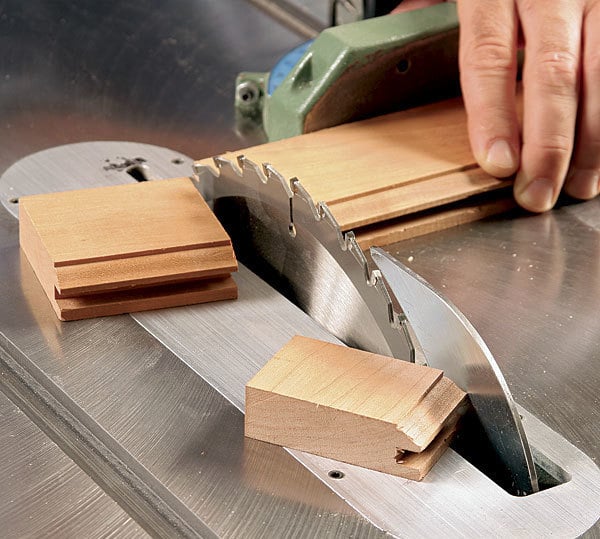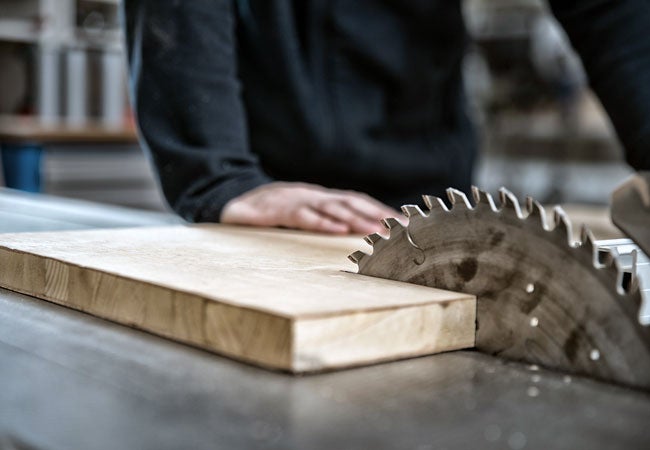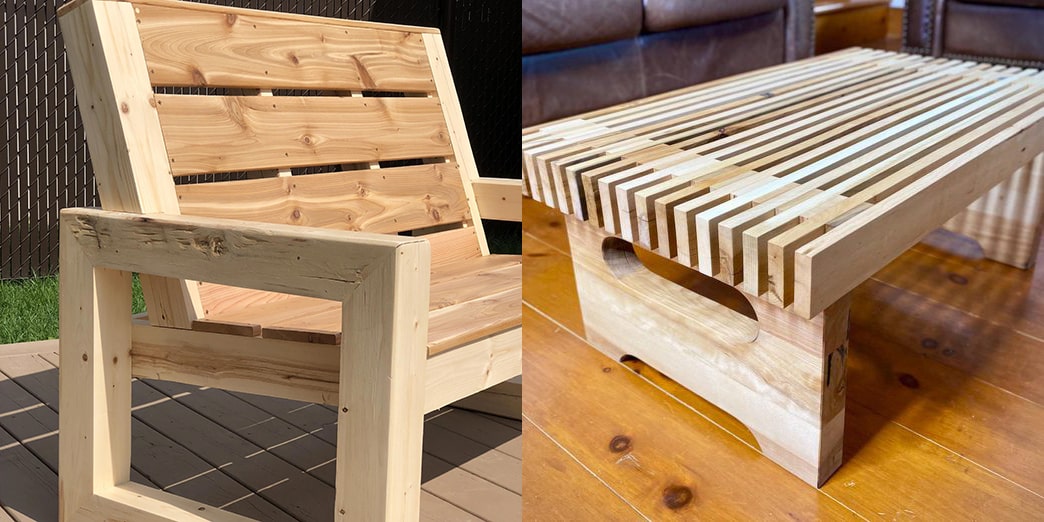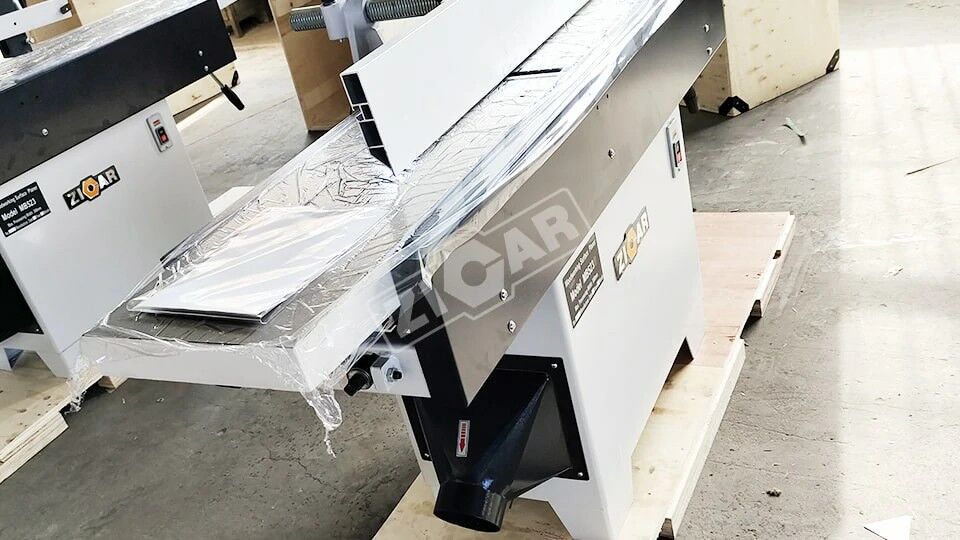Welcome to Jaya International Co., Ltd one-stop shopping solutions for large solid wood machinery
How to Use a Brush Sander for a Smooth and Professional Finish
Looking to achieve a flawless finish? Discover the benefits of using a brush sander and learn how to use it like a pro with this step-by-step guide.
If you're looking to achieve a flawless finish on your woodworking projects, a brush sander may be just what you need. In this guide, we'll explore the benefits of using a brush sander and provide you with step-by-step instructions on how to use it like a pro. Whether you're a professional woodworker or a DIY enthusiast, this tool can help you achieve smooth and polished results.

1.Understand the Purpose of a Brush Sander.
Before using a brush sander, it's important to understand its purpose. A brush sander is a power tool that is specifically designed to smooth and finish wood surfaces. It uses rotating brushes with abrasive bristles to remove imperfections, such as rough spots, scratches, and unevenness, from the surface of the wood. The result is a smooth and professional finish that enhances the overall appearance of your woodworking projects. By understanding the purpose of a brush sander, you can effectively utilize this tool to achieve the desired results.
2.Prepare Your Workpiece.
Before using a brush sander, it's crucial to properly prepare your workpiece. Start by ensuring that the wood surface is clean and free from any dust, debris, or loose particles. Use a brush or vacuum to remove any dirt or sawdust that may be present. Next, inspect the surface for any imperfections or rough spots that need to be addressed. If there are any deep scratches or gouges, consider using a filler or putty to level out the surface. Finally, make sure that the wood is securely clamped or held in place to prevent any movement during the sanding process. Taking the time to prepare your workpiece will ensure that you achieve the best results with your brush sander.
3.Set Up the Brush Sander.
Once your workpiece is properly prepared, it's time to set up the brush sander. Start by selecting the appropriate brush for your desired finish. Different brushes have different grits and bristle types, so choose one that suits your needs. Attach the brush to the sander according to the manufacturer's instructions. Make sure it is securely fastened and aligned properly. Adjust the speed and pressure settings on the sander to match the type of wood and the desired finish. It's always a good idea to start with a lower speed and gradually increase it as needed. Once everything is set up, you're ready to start sanding. Move the sander in smooth, even strokes along the wood surface, following the grain. Take your time and be patient, as rushing can lead to uneven results. Keep an eye on the dust collection system and empty it regularly to maintain optimal performance. With the right setup and technique, you'll be able to achieve a smooth and professional finish with your brush sander.
4.Adjust the Speed and Pressure.
One important step in using a brush sander for a smooth and professional finish is to adjust the speed and pressure settings. This will ensure that you are applying the right amount of force and speed for the type of wood and desired finish. Start by setting the speed to a lower setting and gradually increase it as needed. This will help prevent any damage or uneven sanding. Similarly, adjust the pressure to match the requirements of the wood and finish. Too much pressure can result in excessive material removal, while too little pressure may not effectively sand the surface. Experiment with different settings until you find the right balance for your specific project. Remember to always follow the manufacturer's instructions for your brush sander to ensure optimal performance and safety.

Related recommendations
Best quality, best service
Please give us a message
The More You Know Us, The More You Trust Us!
We trust that our experience and intimate knowledge of this line will entitle us to your confidence.
Email: sales@jayacn.com
Add: NO.216 Zhongkai Road, Qinshui Industrial Park, Muping District, Yantai City, Shandong China












